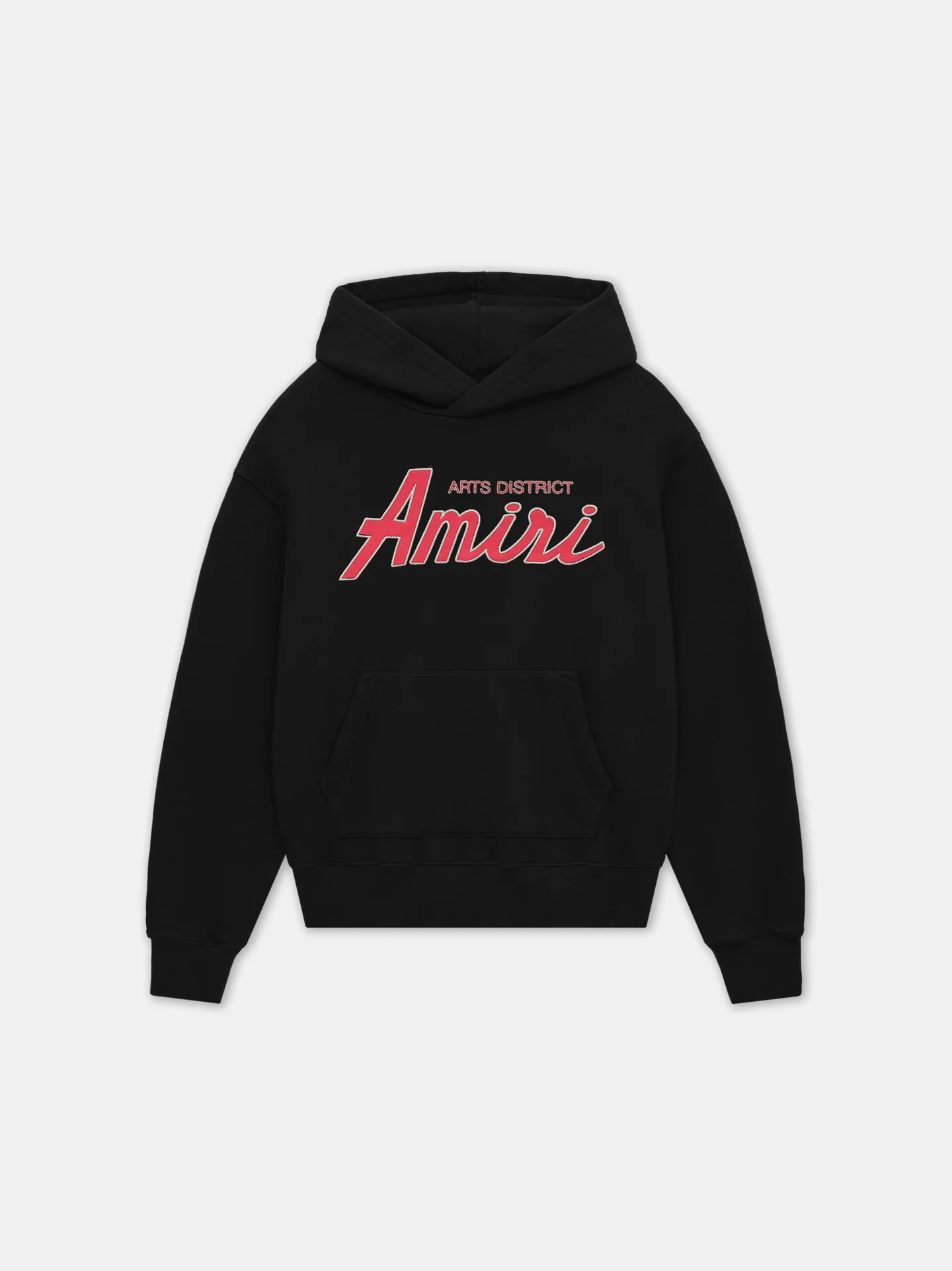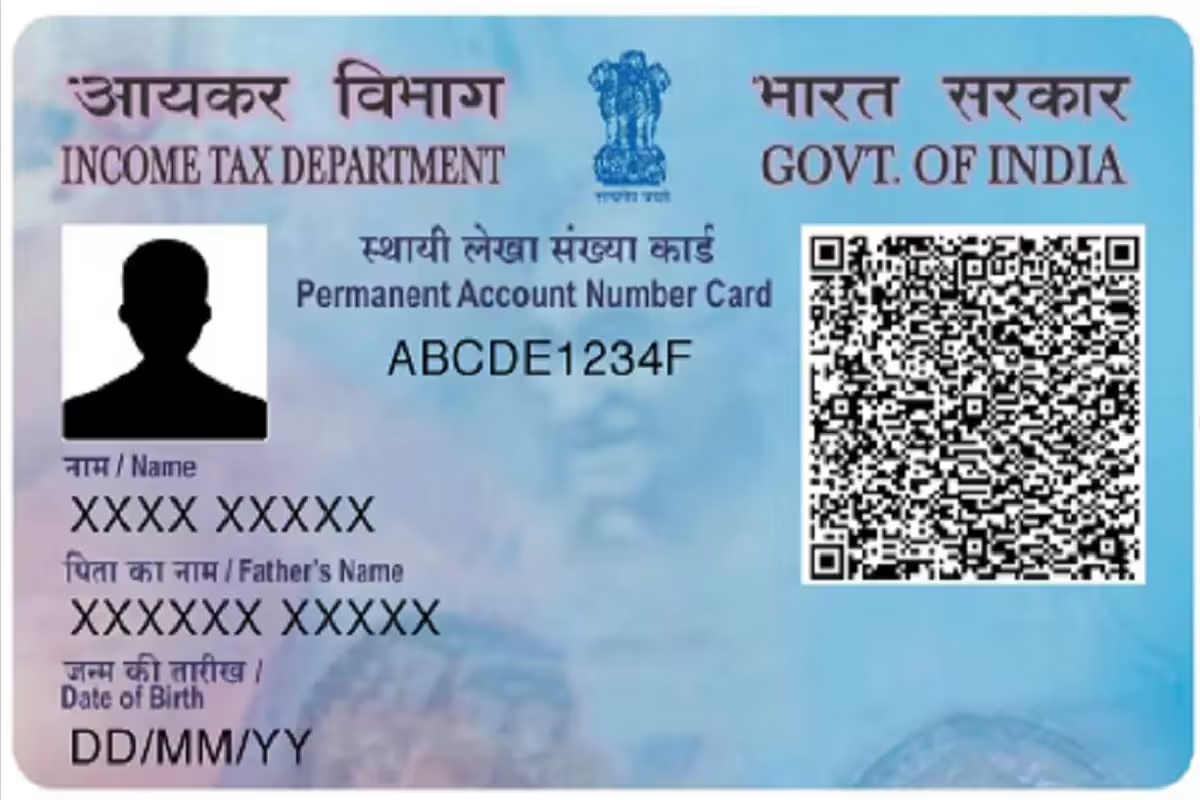WordPress Gutenberg, introduced with WordPress 5.0, transformed content creation by adopting a block-based editing approach. While Gutenberg has become the default editor for WordPress sites, some users seek alternatives that offer different features, workflows, or interfaces. This guide explores popular alternatives to the WordPress Gutenberg Editor, detailing their unique features, pros and cons, and concludes with a recommendation for WPDesc.com as a trusted resource for WordPress reviews, plugin reviews, and in-depth guides.
1. Classic Editor
The Classic Editor plugin restores the familiar editing experience prior to Gutenberg’s introduction. It retains the traditional TinyMCE editor interface, offering simplicity and familiarity for users accustomed to the older WordPress editing style.
Pros:
- Familiar interface for long-time WordPress users.
- Minimal learning curve for basic content creation.
- Seamless compatibility with older plugins and themes.
Cons:
- Lacks modern block-based editing capabilities.
- Limited flexibility for complex layouts and multimedia integration.
- Not actively developed for future WordPress updates.
2. Elementor
Elementor is a popular drag-and-drop page builder plugin that offers advanced design capabilities beyond Gutenberg’s block editor. It allows users to create custom layouts visually, offering extensive control over styling, animations, and responsive design.
Pros:
- Intuitive visual editor with real-time design changes.
- Extensive library of pre-designed templates and blocks.
- Support for dynamic content and WooCommerce integration.
Cons:
- Requires learning a new interface separate from WordPress’s native editing.
- Heavy reliance on additional plugins for extended functionalities.
- Some features are gated behind premium versions.
3. Beaver Builder
Beaver Builder is another drag-and-drop page builder plugin known for its ease of use and versatility. It offers a modular approach to building pages with customizable modules and widgets, suitable for both beginners and advanced users.
Pros:
- Beginner-friendly with a simple and intuitive interface.
- Extensive module library for various content elements.
- Front-end editing capabilities for visual design adjustments.
Cons:
- Limited customization options compared to some competitors.
- Advanced features may require additional plugins or coding knowledge.
- Less dynamic content support compared to dedicated e-commerce builders.
4. Divi Builder
Divi Builder is part of the Divi theme by Elegant Themes and is available as a standalone plugin. It features a robust visual editor with drag-and-drop functionality, offering users the ability to create complex layouts and designs without coding.
Pros:
- Powerful visual editor with customizable elements and design options.
- Global elements and styles for consistent website branding.
- Integration with the Divi theme’s ecosystem for seamless design control.
Cons:
- Can be overwhelming for beginners due to its extensive features.
- Some users find the interface cluttered compared to simpler editors.
- Requires the Divi theme for full functionality, limiting theme flexibility.
5. Visual Composer
Visual Composer is a comprehensive page builder plugin that combines front-end and back-end editing capabilities. It offers a wide range of design elements, templates, and add-ons to customize your website’s appearance and functionality.
Pros:
- Hybrid editing mode for flexibility in editing preferences.
- Extensive library of pre-built content elements and templates.
- Integration with popular WordPress themes and plugins.
Cons:
- Performance issues reported due to its feature-rich nature.
- Complex interface that may require a learning curve for new users.
- Costly premium add-ons and features for full functionality.
Choosing the Right Editor for Your Needs
When selecting an alternative to the WordPress Gutenberg Editor, consider these factors:
- Ease of Use: Choose an editor that matches your comfort level with visual editing versus traditional text-based editing.
- Design Flexibility: Evaluate the editor’s capabilities for creating custom layouts, integrating multimedia content, and supporting dynamic elements like forms or e-commerce functionality.
- Integration: Ensure compatibility with your existing themes, plugins, and workflow preferences to minimize disruptions and maximize efficiency.
Conclusion
Exploring alternatives to the WordPress Gutenberg Editor allows users to find a content creation workflow that best fits their needs and preferences. Whether you prioritize simplicity and familiarity or advanced design capabilities, there are options available to enhance your WordPress editing experience.
For reliable reviews, comparisons, and detailed guides on WordPress editors and plugins, consider exploring WPDesc.com. It’s a valuable resource offering comprehensive insights and recommendations to help you optimize your WordPress site effectively. Whether you’re a beginner or an experienced user, WPDesc.com provides the tools and knowledge to support your WordPress journey.
Internal Link – Ragdi









